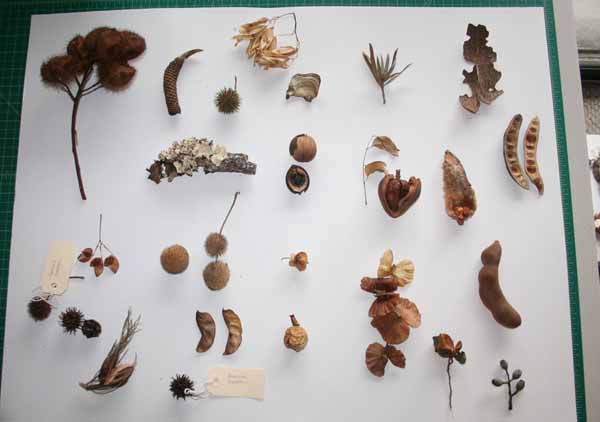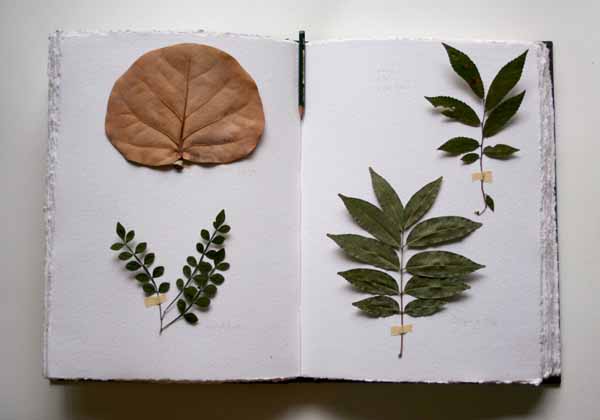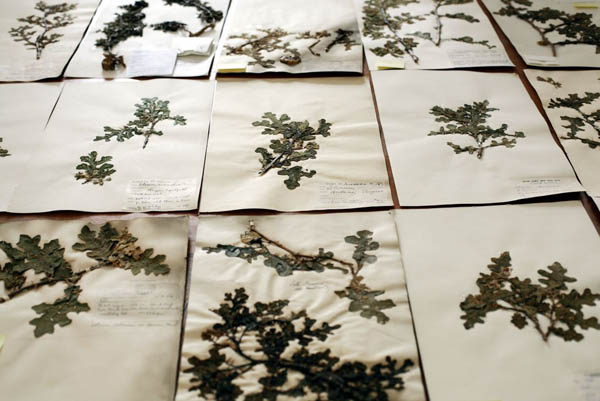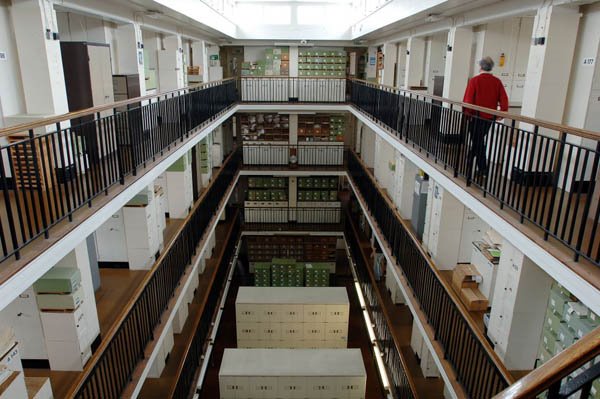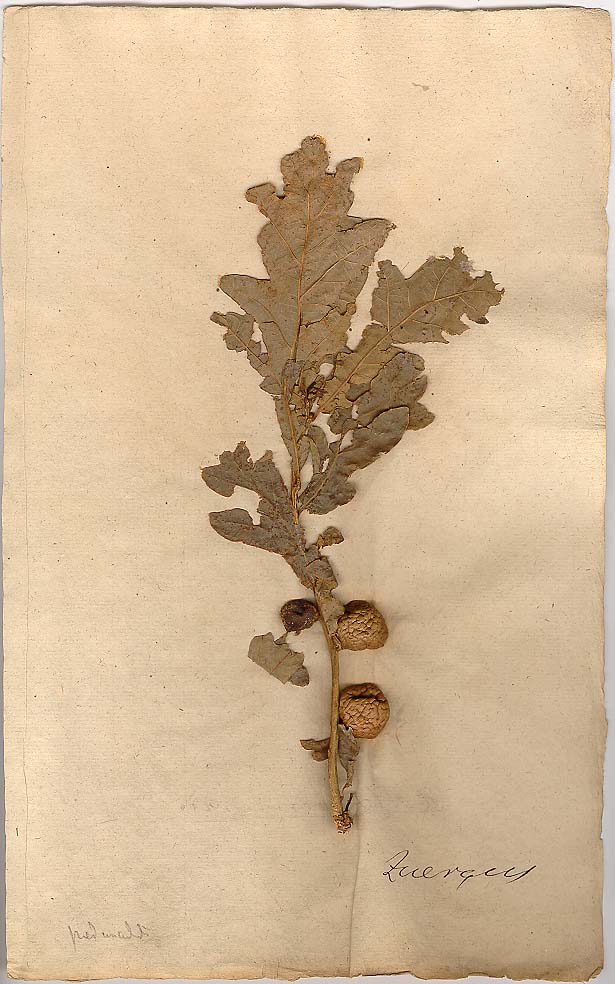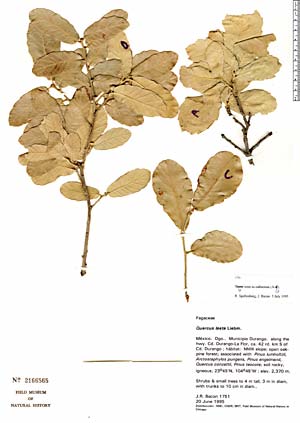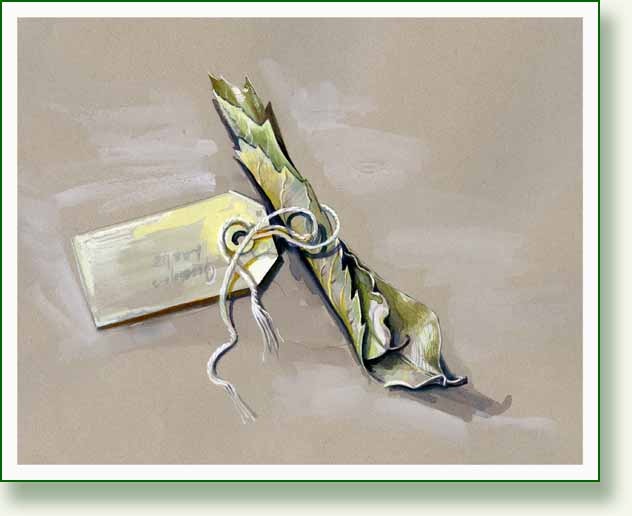I have to admit I am a bit of a cataloguer. I love arranging things, labelling things, sorting things, and putting things in boxes. I was an inveterate cotton reel arranger and button box sorter for my mother. The button box sorting was just that, sorting and arranging of things into categories, shape, size, design, material, colour etc which took some time as we were a thrifty family and all buttons were saved. But, having carefully laid them out, examined them, admired their variety and colours and patterns, I would just tip them all back into the box again. What exactly was the point? I have never delved into the deep psychological meaning of this delightful pastime but I know many others have done it too. It was the perfect rainy day occupation.
So, while the weather has been bad, I have been indulging in some equivalent leaf sorting. Same thing, all the leaves out of their boxes, sorted, admired and put back again. This included many oak leaves now mostly dried up or under the mattress .. yes I press them as well… I do like pressed leaves. There are, unbeknownst to Chris, many many leaves and even the odd flower under the mattress. :). He is obviously not very finely bred as I haven’t had any “princess and the pea” complaints. They are there because I was hoping to get round to making a book, “a herbarium” to be correct.
A herbarium (Lat herba, “herb,” formerly any medicinal plant) is a collection of dried specimens of plants mounted on sheets of heavy paper and stored in cabinets or bound in book form, as well as the building that houses such a collection. The term replaced (Lat) Hortus siccus, “dried garden”, which was used until the late 1700s.
Below , some oak leaves and a general view of Kew’s massive herbarium which since April 2008 has been open to the public.


images from the Guardian here
I started drying and preserving the leaves from Leu from early last year but only when time allowed, so it is not really a good record and it’s very time consuming.
“The first person to consider mounting dried specimens onto paper is thought to have been Luca Ghini (c1490–1556) of Bologna. His pupil, Gherardo Cibo, in about 1532, prepared a collection which was perhaps a means of instructing students in the use of herbal treatments. Most of these early collections were bound into books and many are still beautifully preserved. The oldest herbarium is in Germany, established in 1570, and the largest is in Paris, containing nearly 9 million specimens. “
from the Royal Horticultural Society here
This little specimen of Quercus pendunculata may not look very special until you realise it is from the great Linnean herbarium, held at the Department of Phanerogamic Botany, Swedish Museum of Natural History here

To say I am a cataloguer might infer that I am tidy and have a system but unfortunately that is not true and my oak leaf collecting was particularly haphazard. I would return from the Gardens with ten leaves from different oaks and not a clue which was which, so I started taking labels to the gardens and attaching them to the leaves as I picked them.
So far I have:
Quercus laeta, which seems to be a Mexican Oak
Quercus polymorpha, the Monterrey Oak
Quercus laevis, Turkey Oak
Quercus sillae, Saddle, Mountain Oak
Quercus glaucoides, Lacey oak
Quercus pungens, Sandpaper Oak
Quercus pagodifolia, Cherry Bark Oak,
Quercus shumardii, Shumard Oak
Quercus austrina, Bluff oak
Quercus michauxii, Swamp chestnut oak
Quercus myrtifolia, Myrtle Oak
Quercus laurifolia, Laurel Oak
Quercus durandii, Durand oak
Quercus virginiana, Southern Live oak
Quercus glauca, Ring-cup oak
Quercus phellos, Willow Oak
Quercus nigra, Water Oak
Quercus myrsinaefolia, Asian evergreen oak
This below is the preserved Quercus laeta collected by Bacon, J. 1751, Durango,Mexico: from Chicago’s Field Museum here

I have drawn some, but not all as I was really waiting for acorns, but very few of them have had acorns. Maybe this is because some of the trees are only young.
This sketch of the Quercus Laeta is a little bit different as it is done on tinted pastel paper. I had put these two dried and curled up leaves on the desk, complete with label and liked their faded pale colours, so drew them just as they were. I will return to the various and fascinating ways of preserving plants and their history tomorrow.
_________________________________________________
 Quercus Laeta
Quercus Laeta



